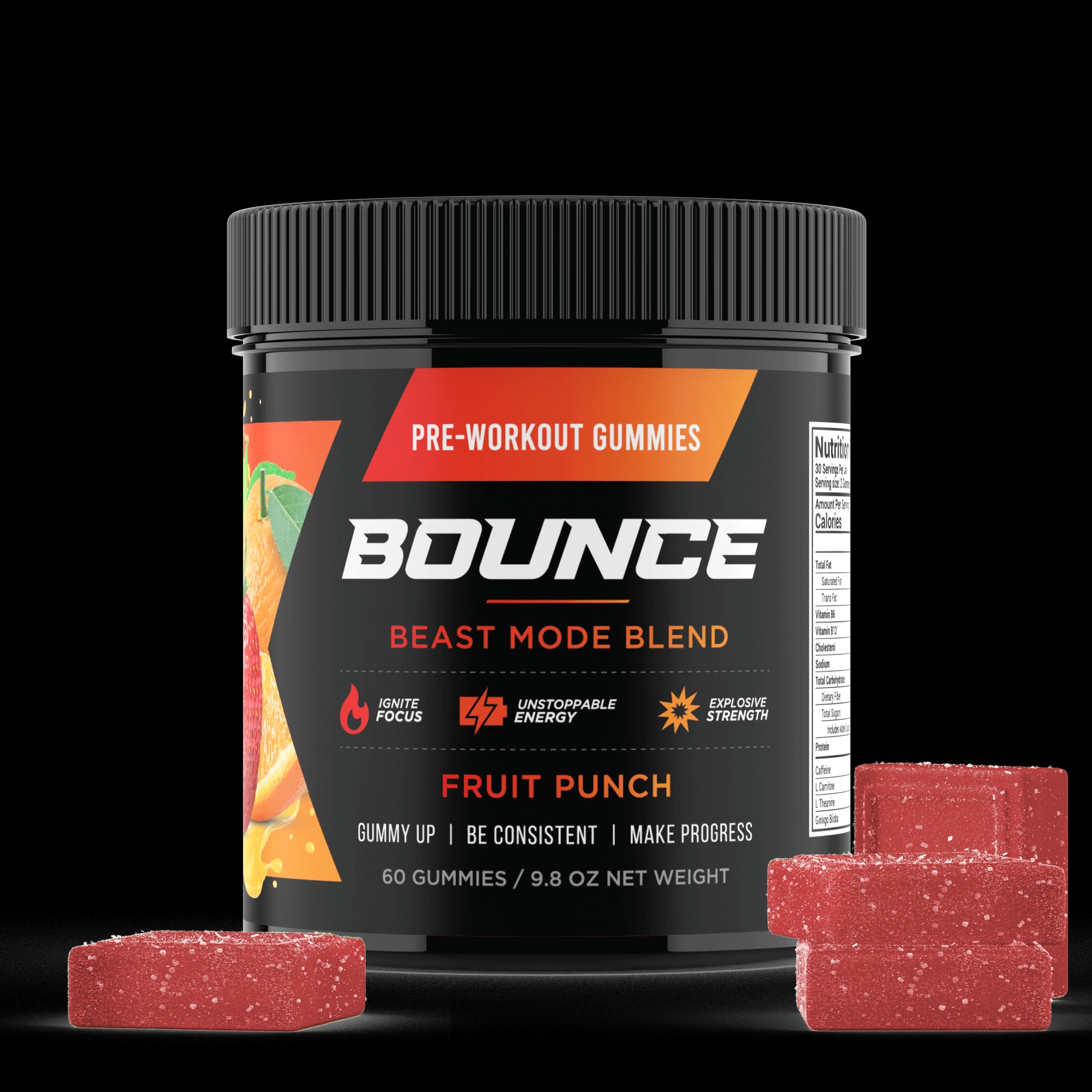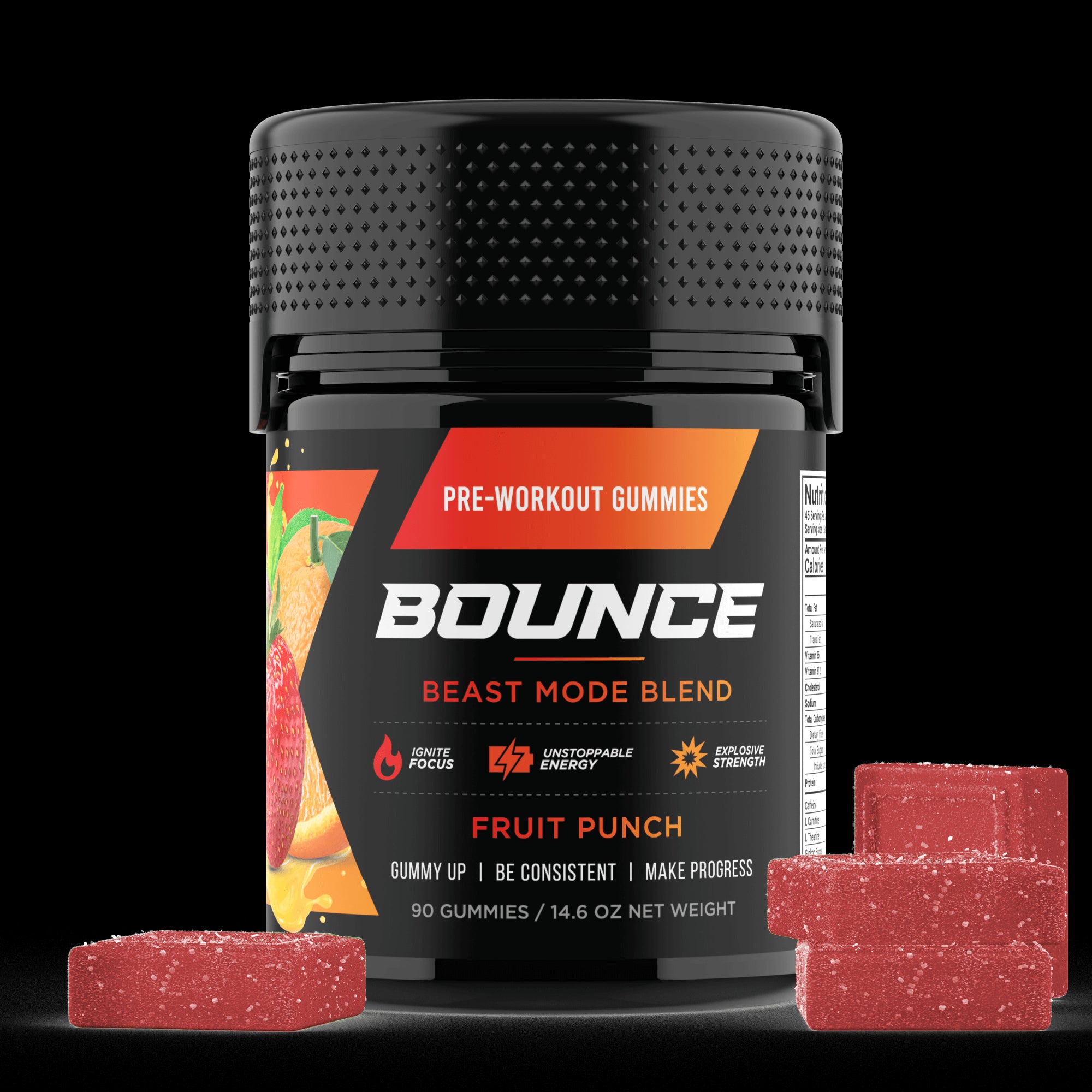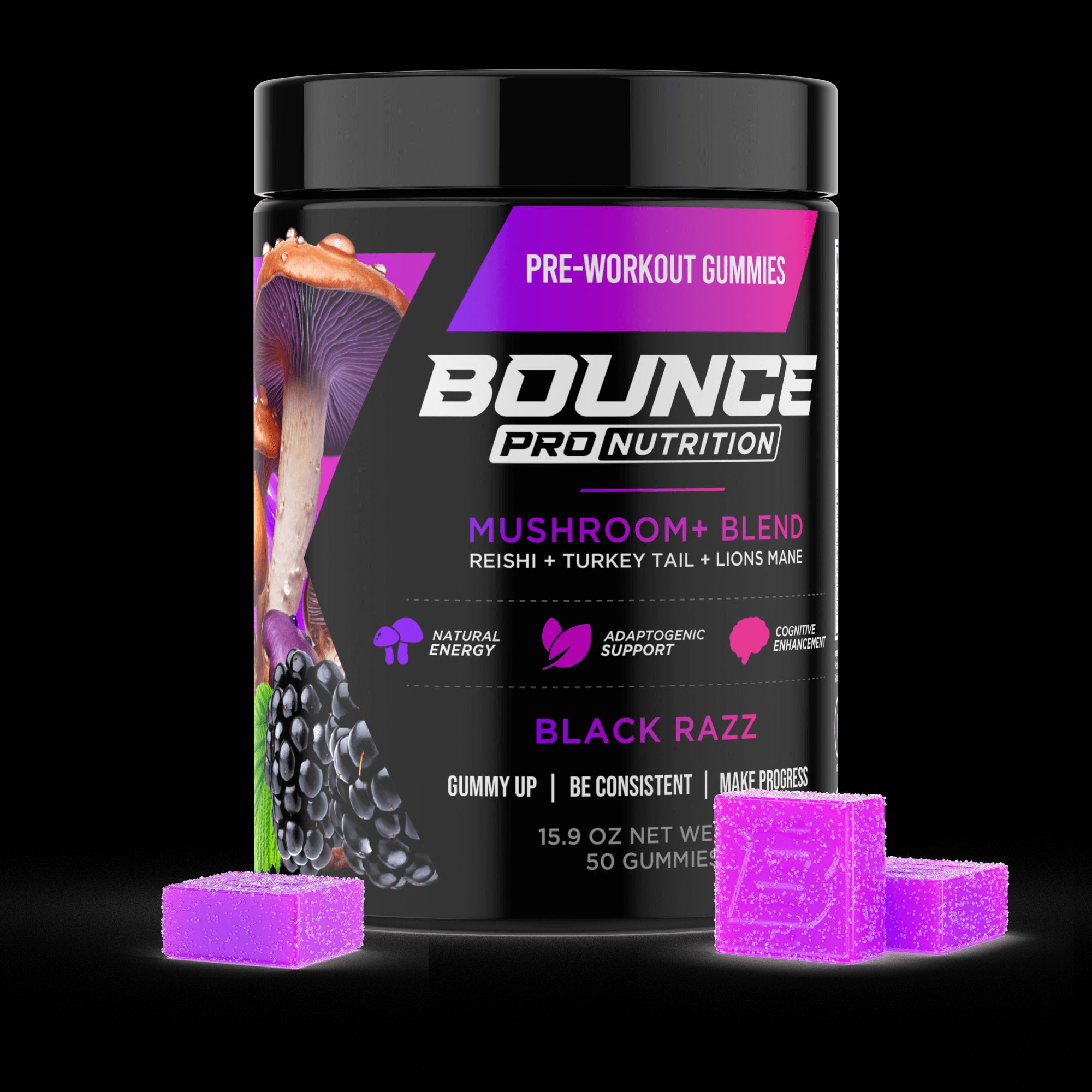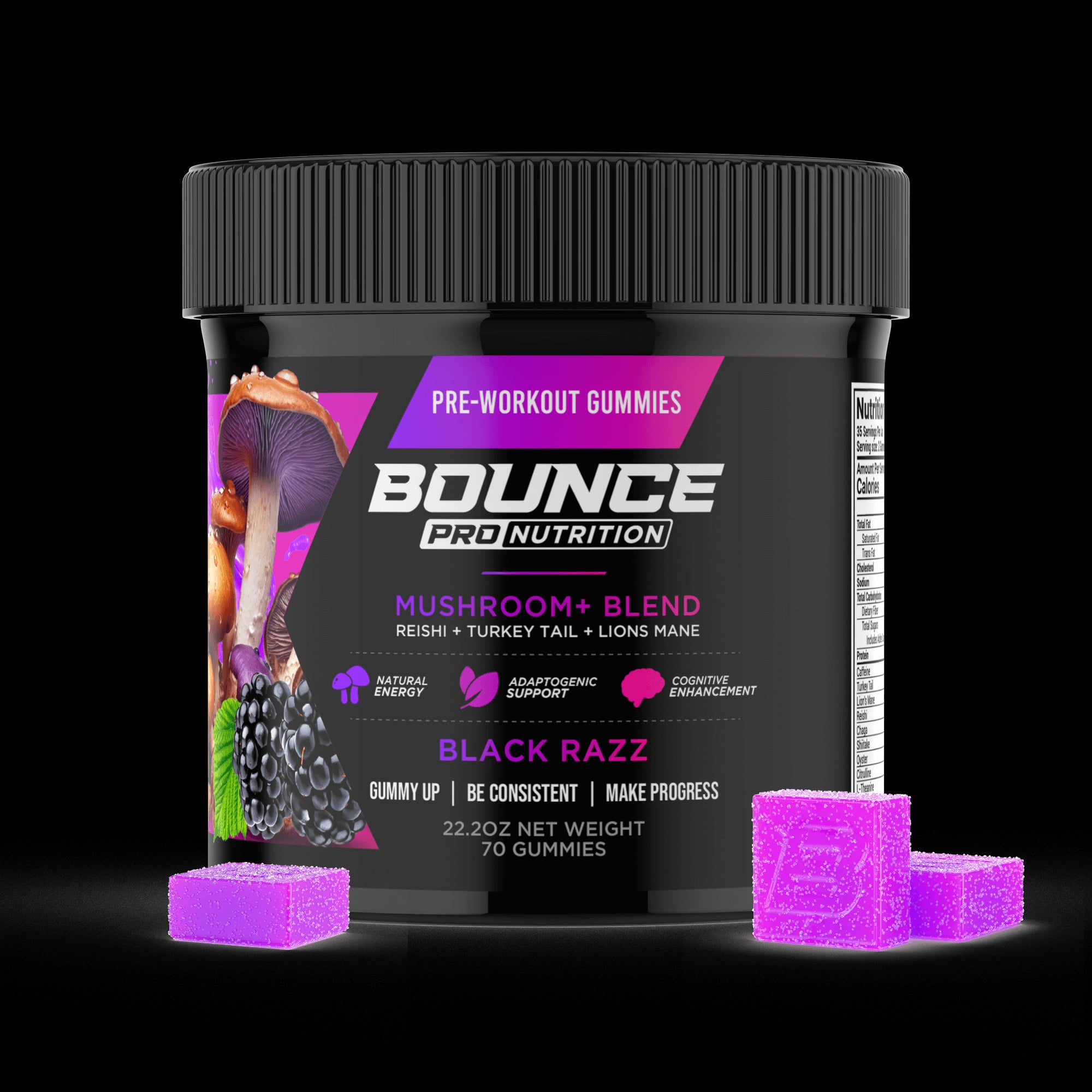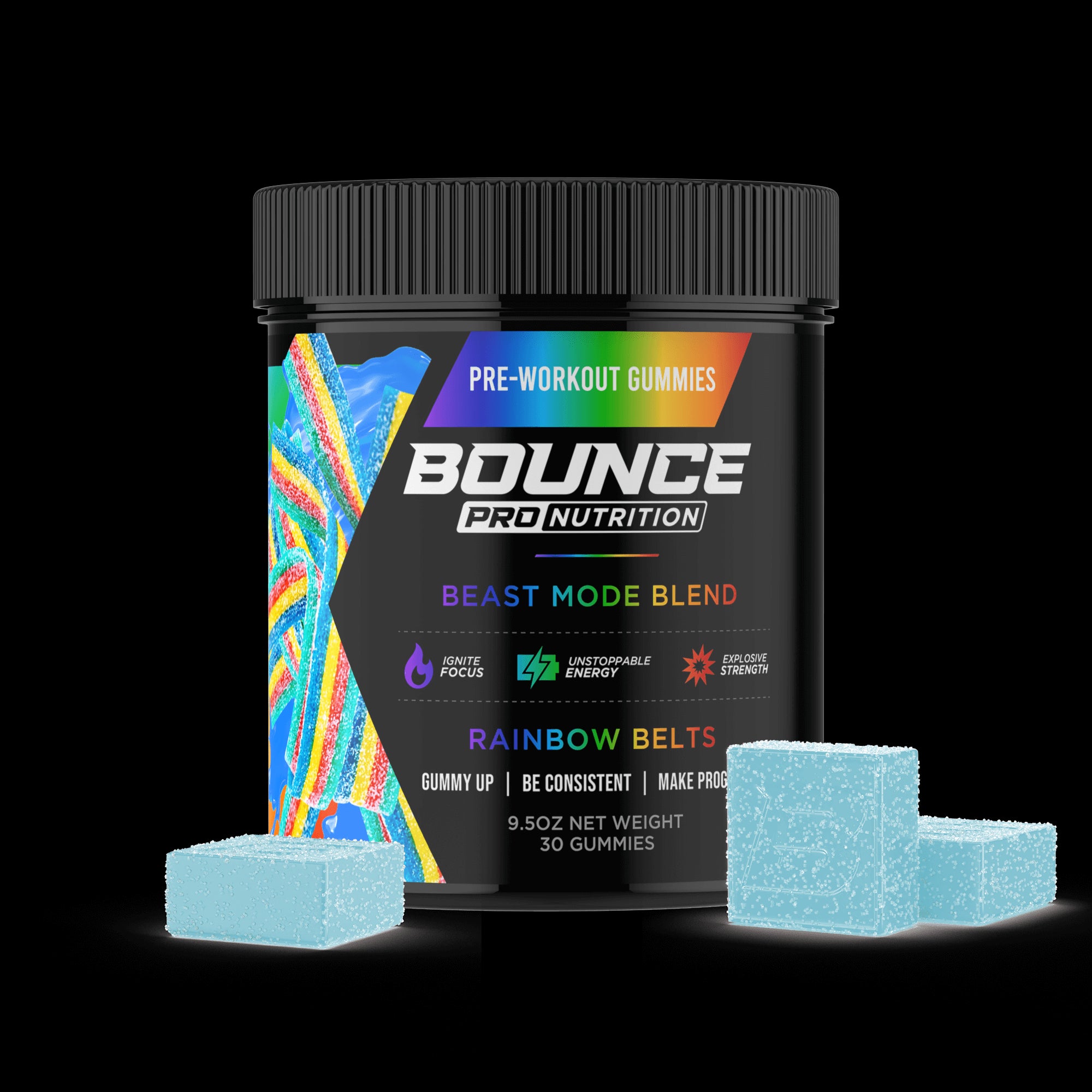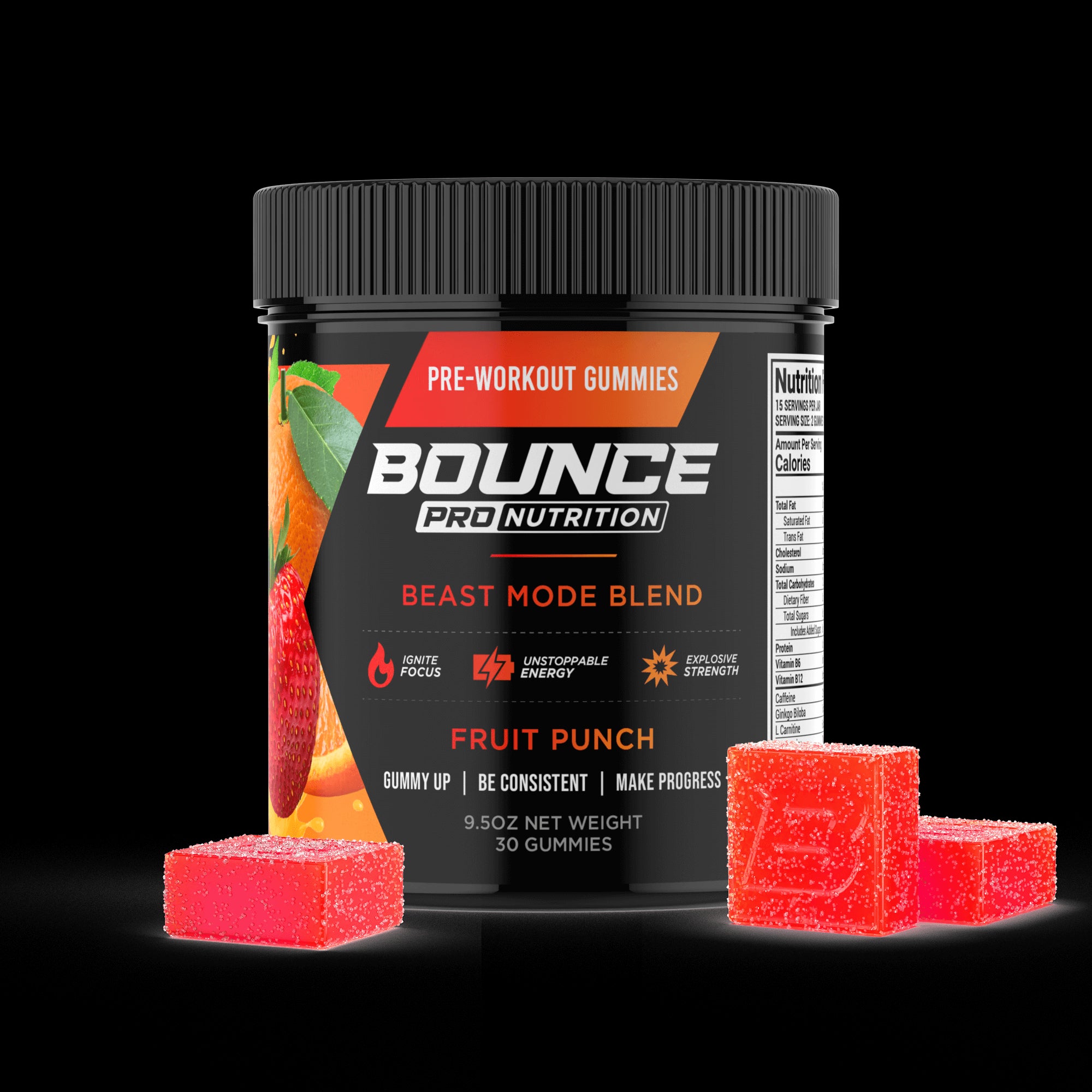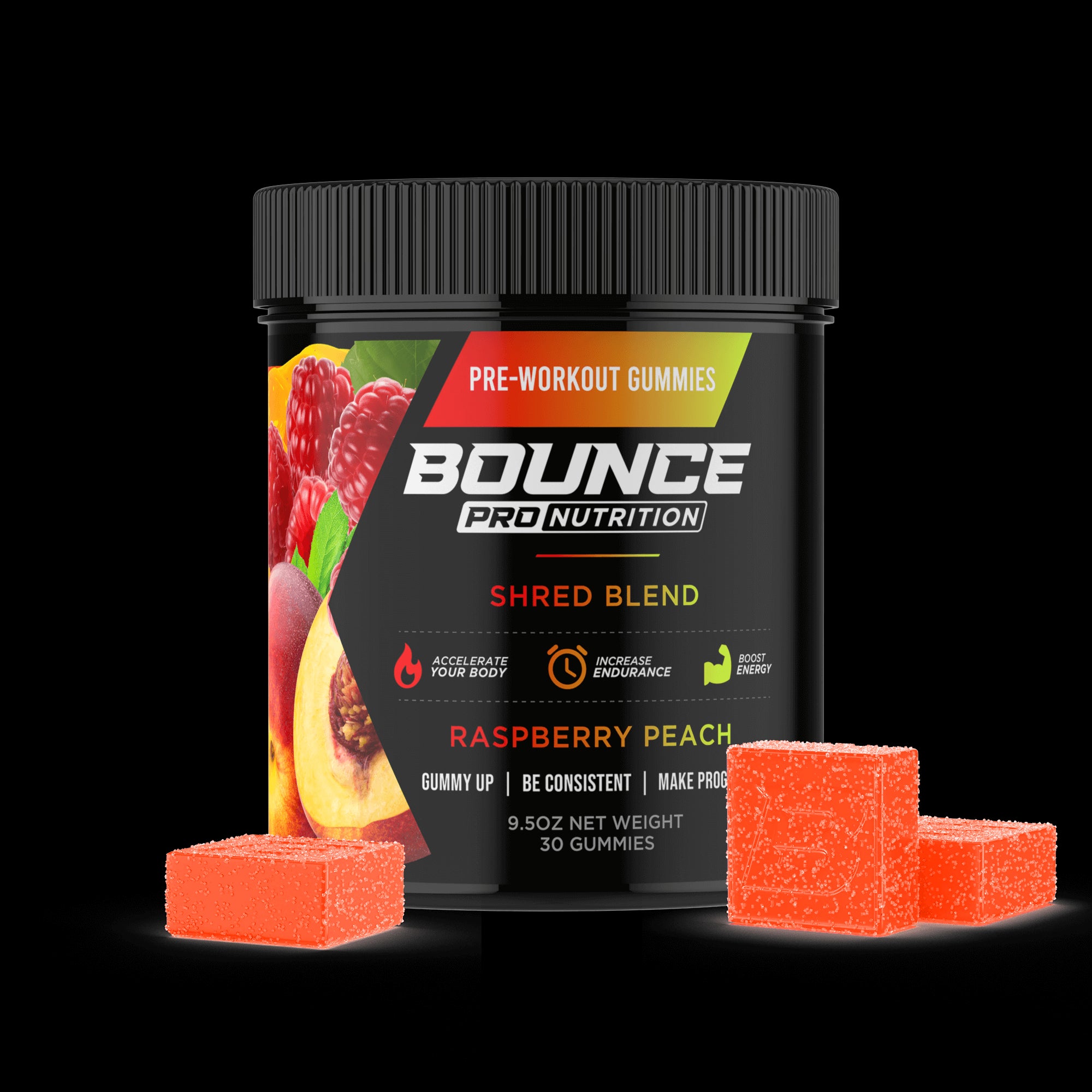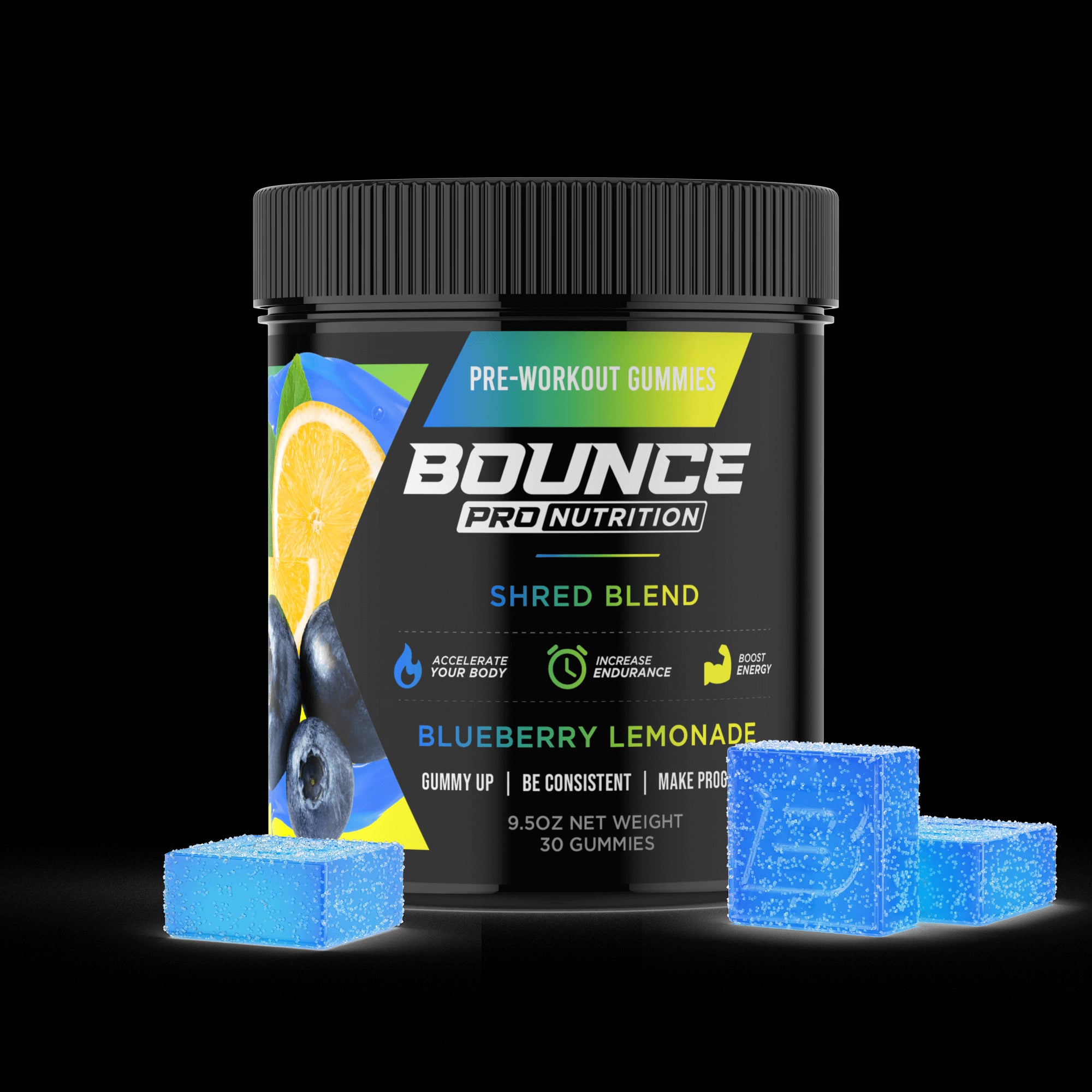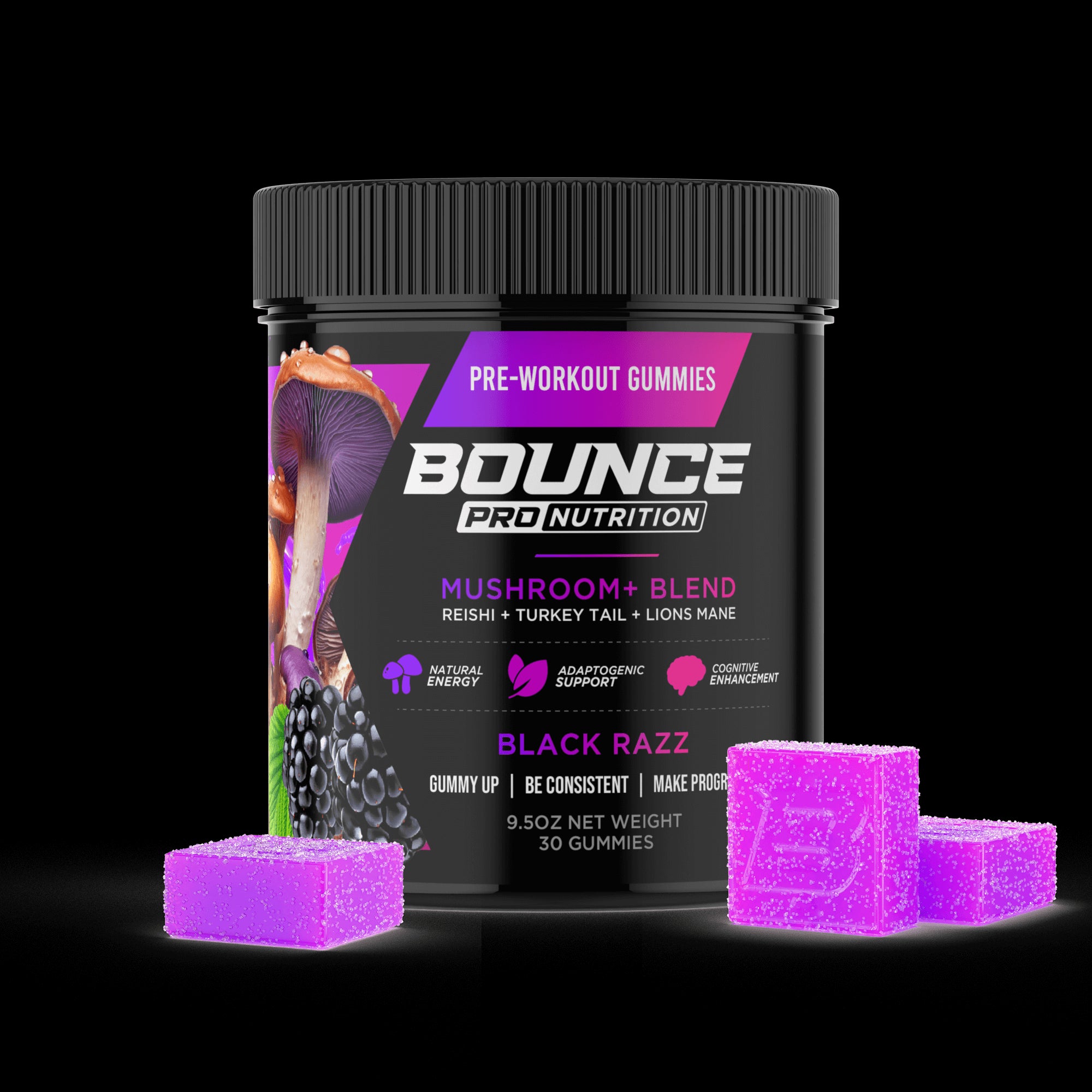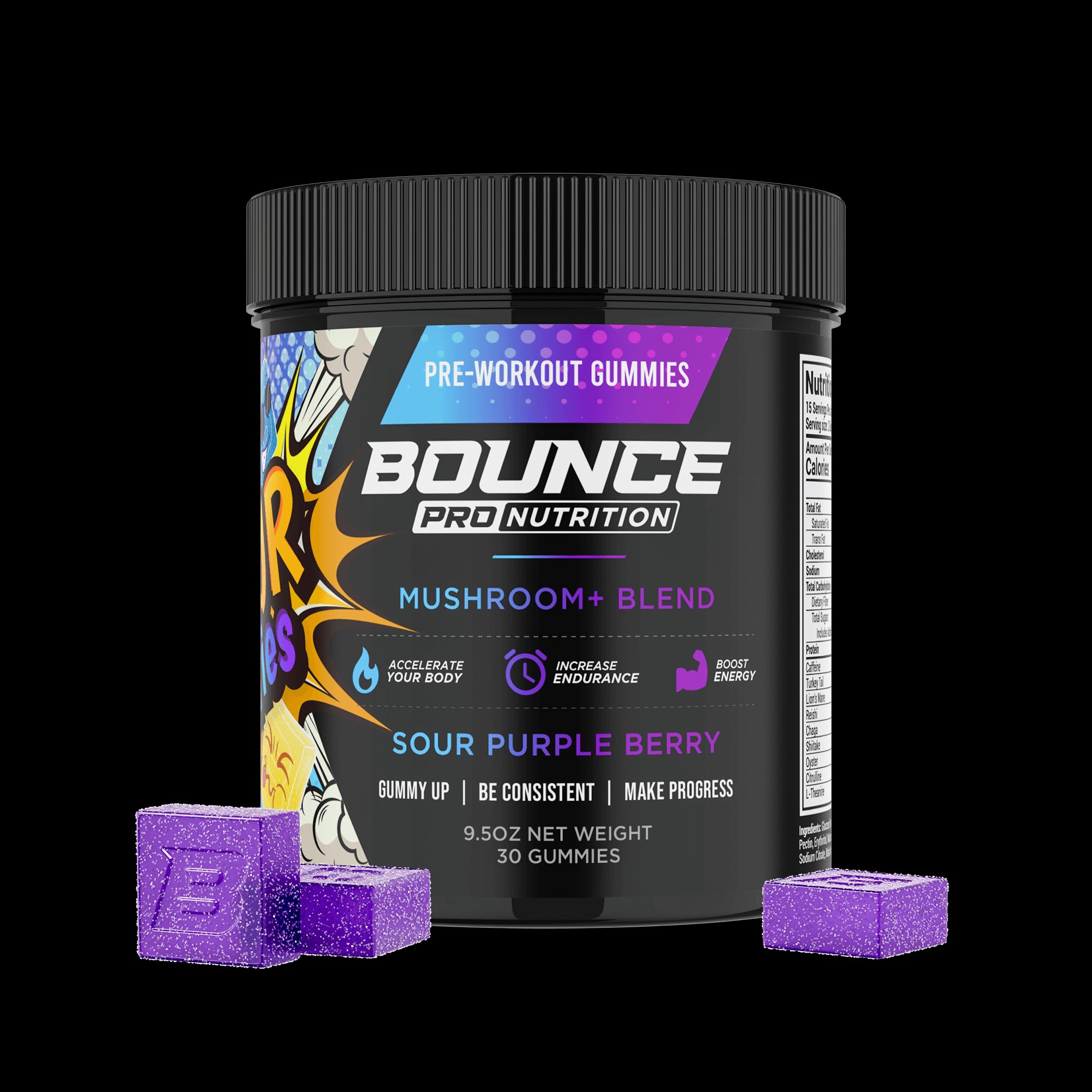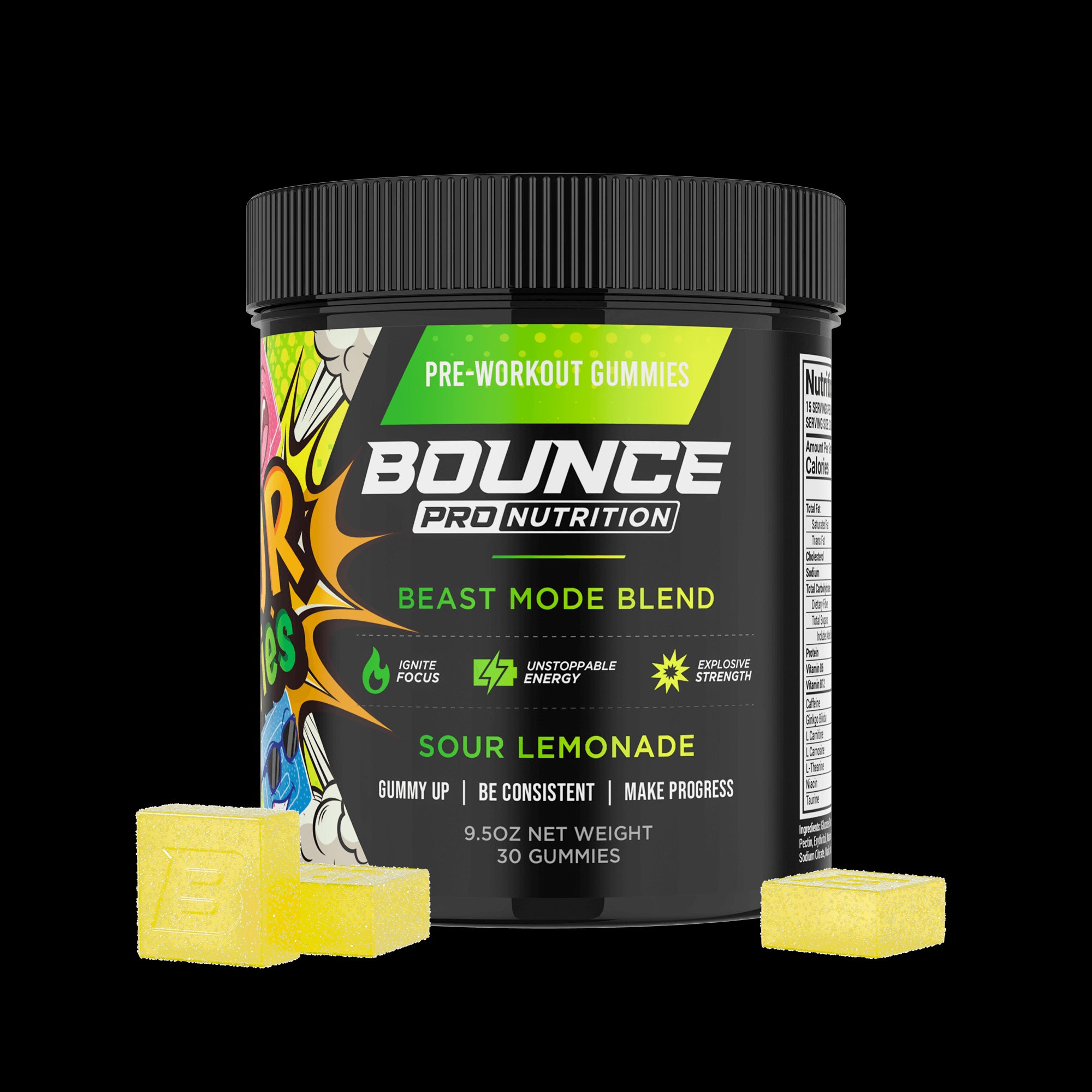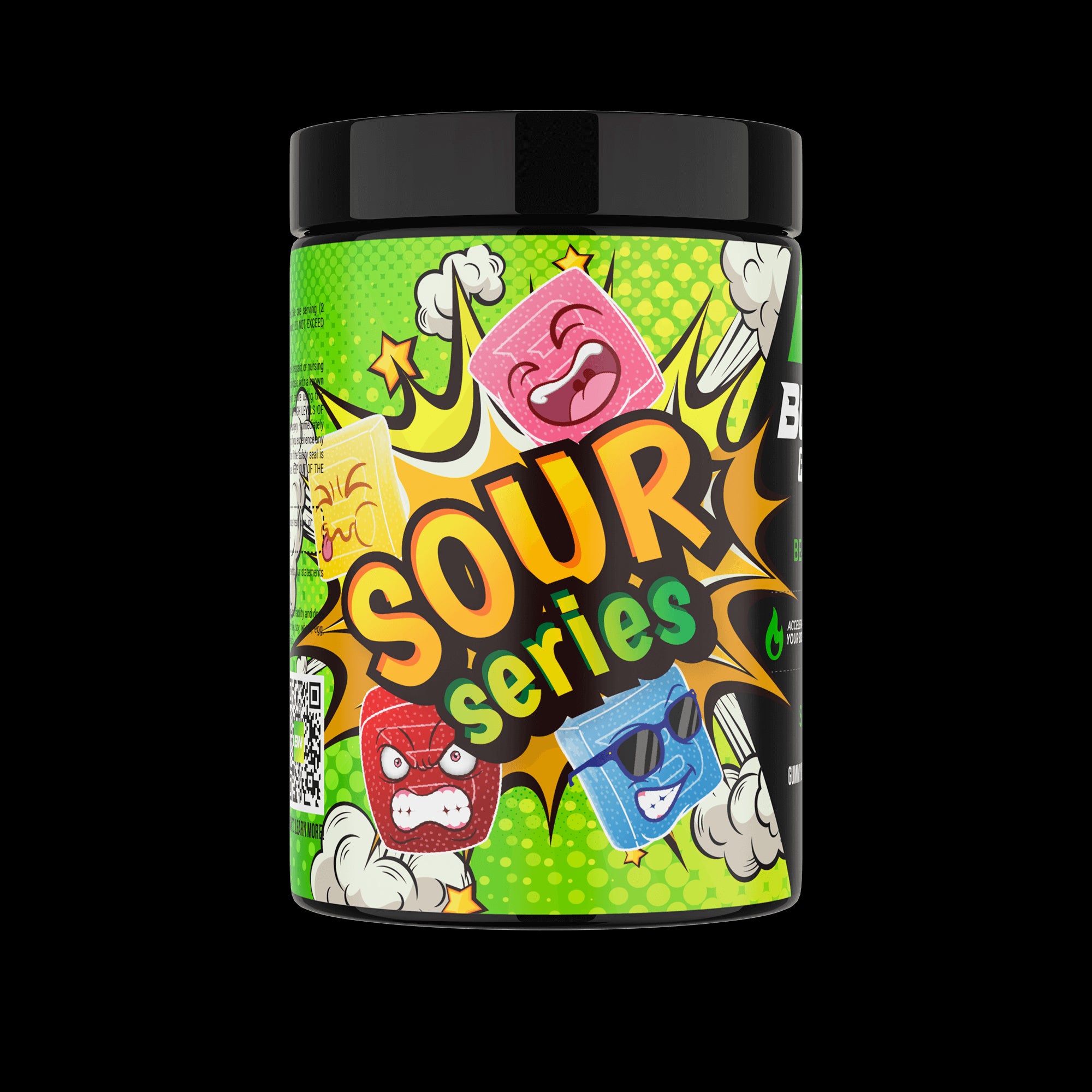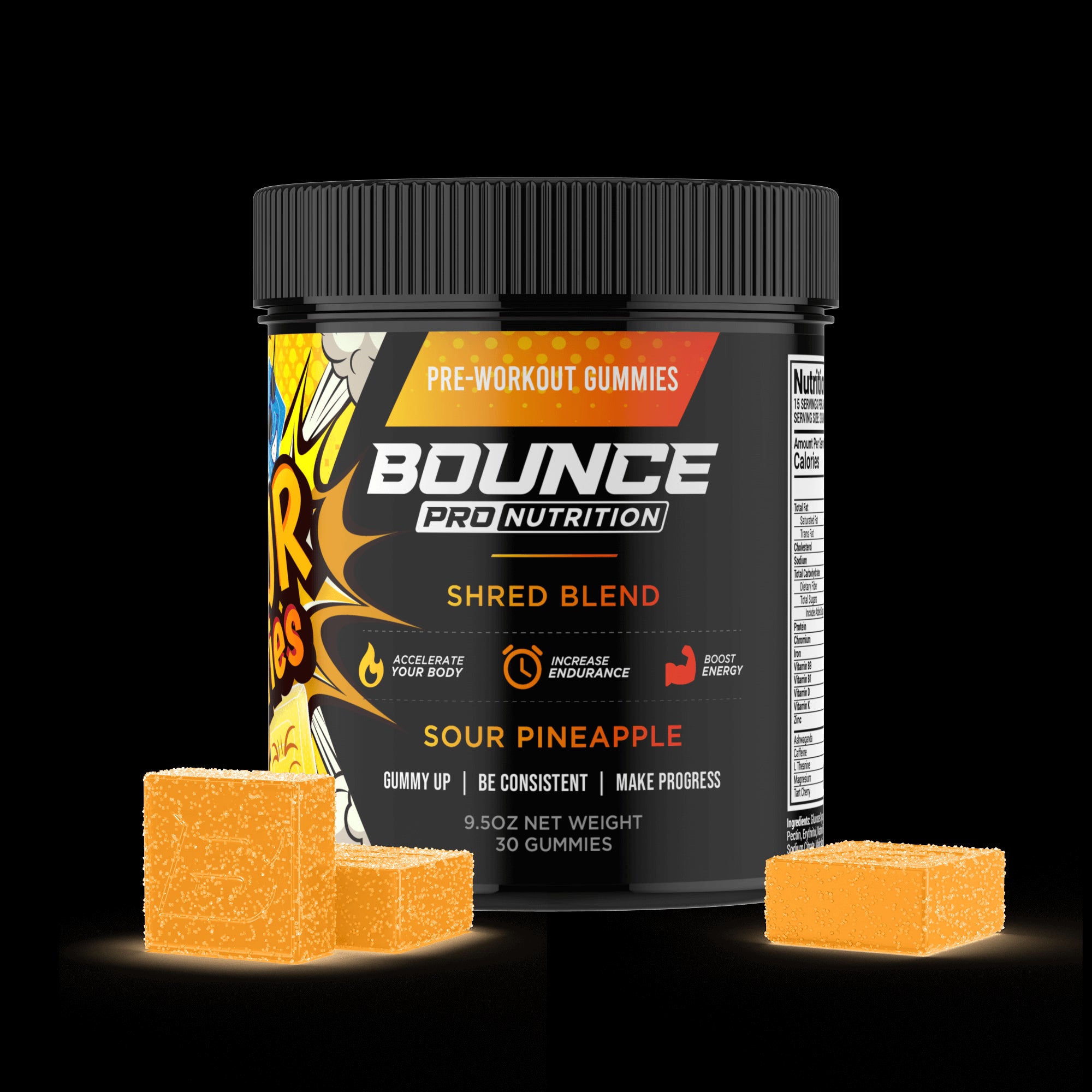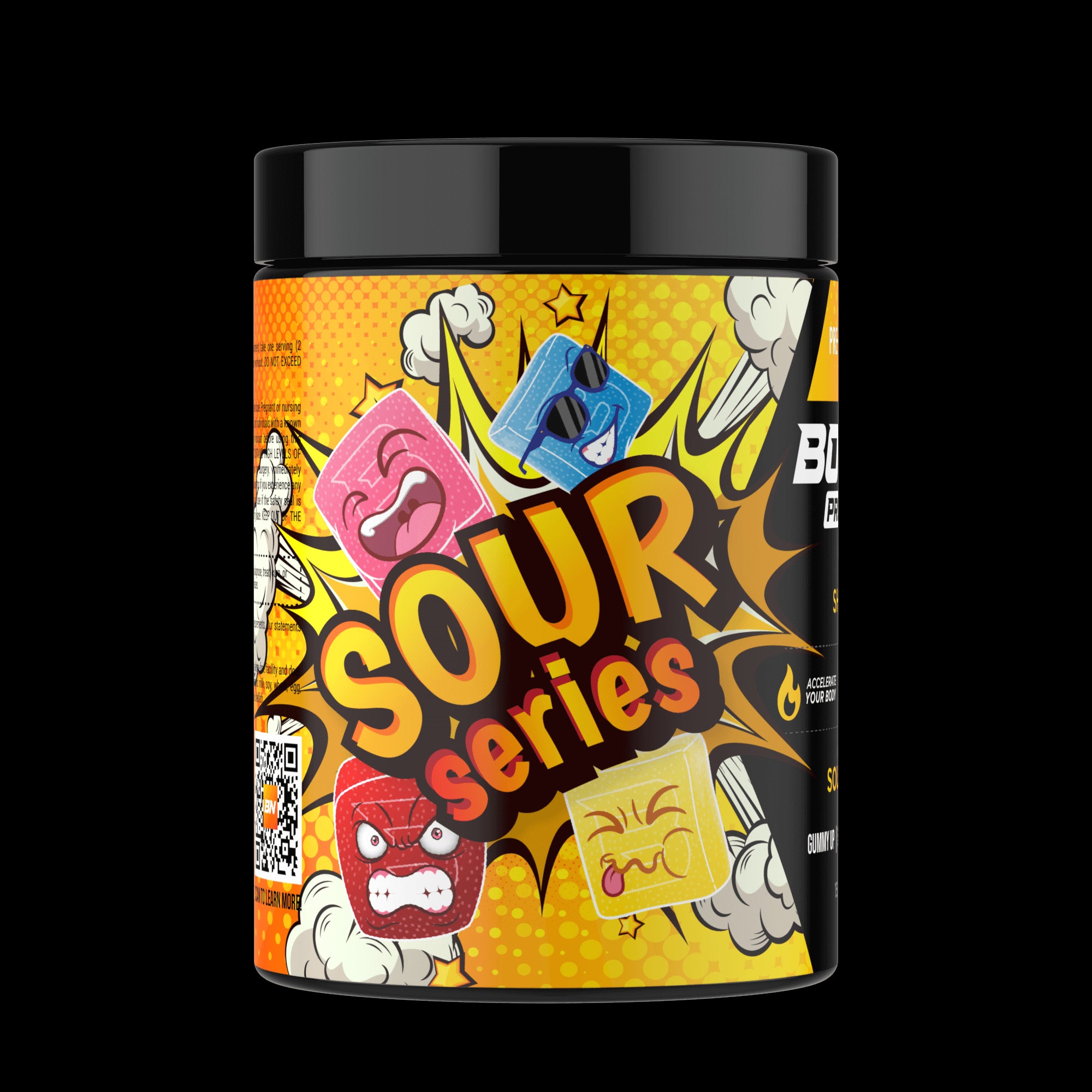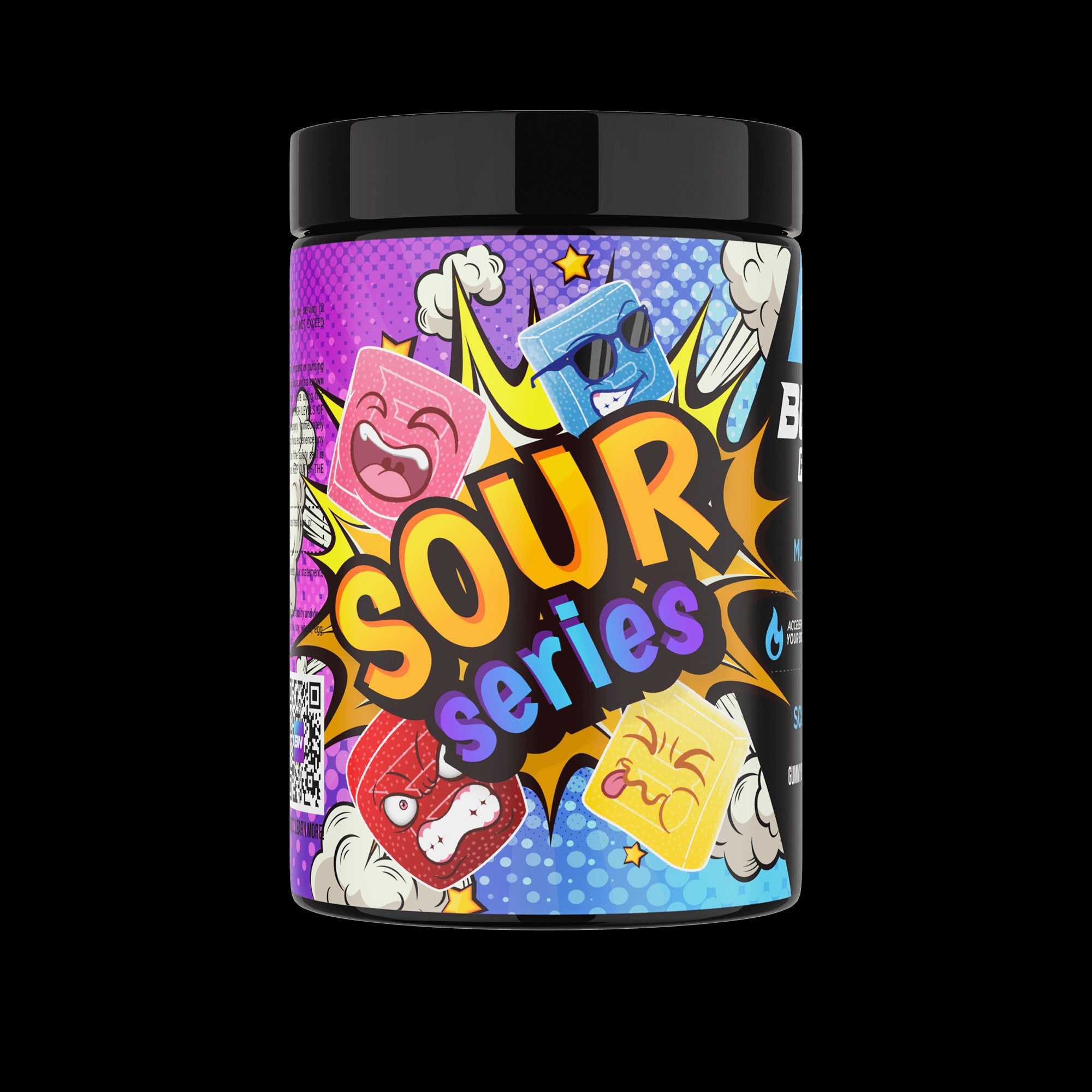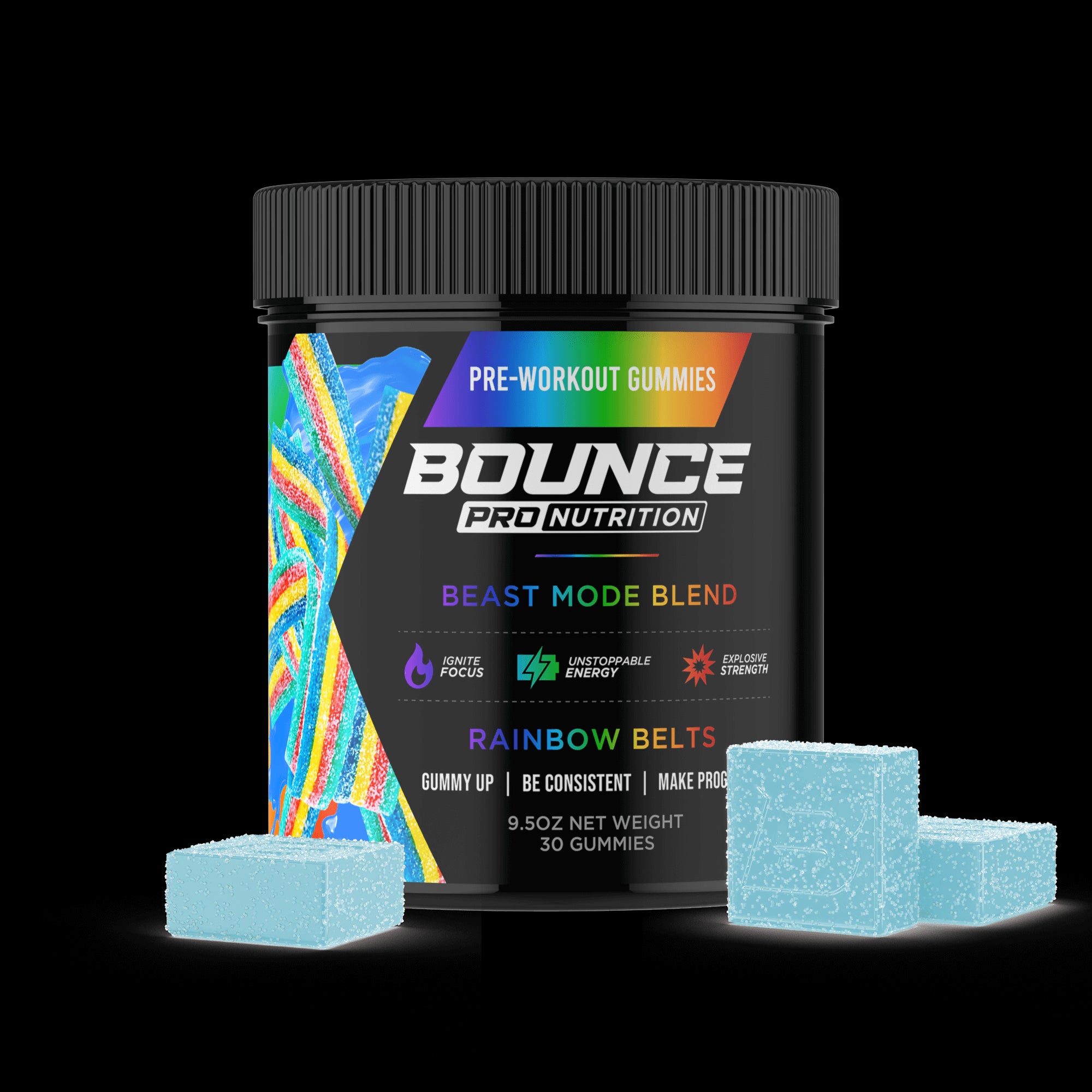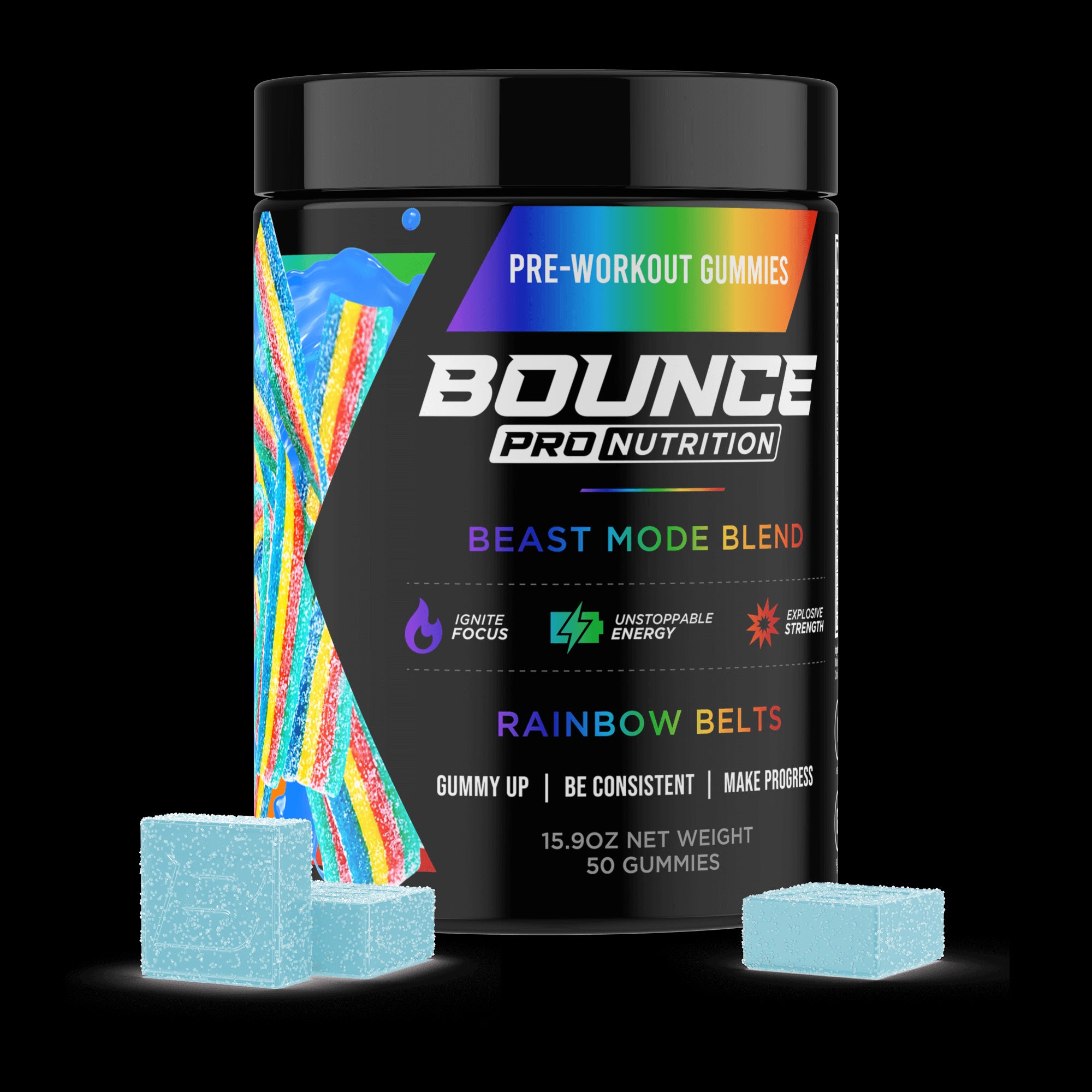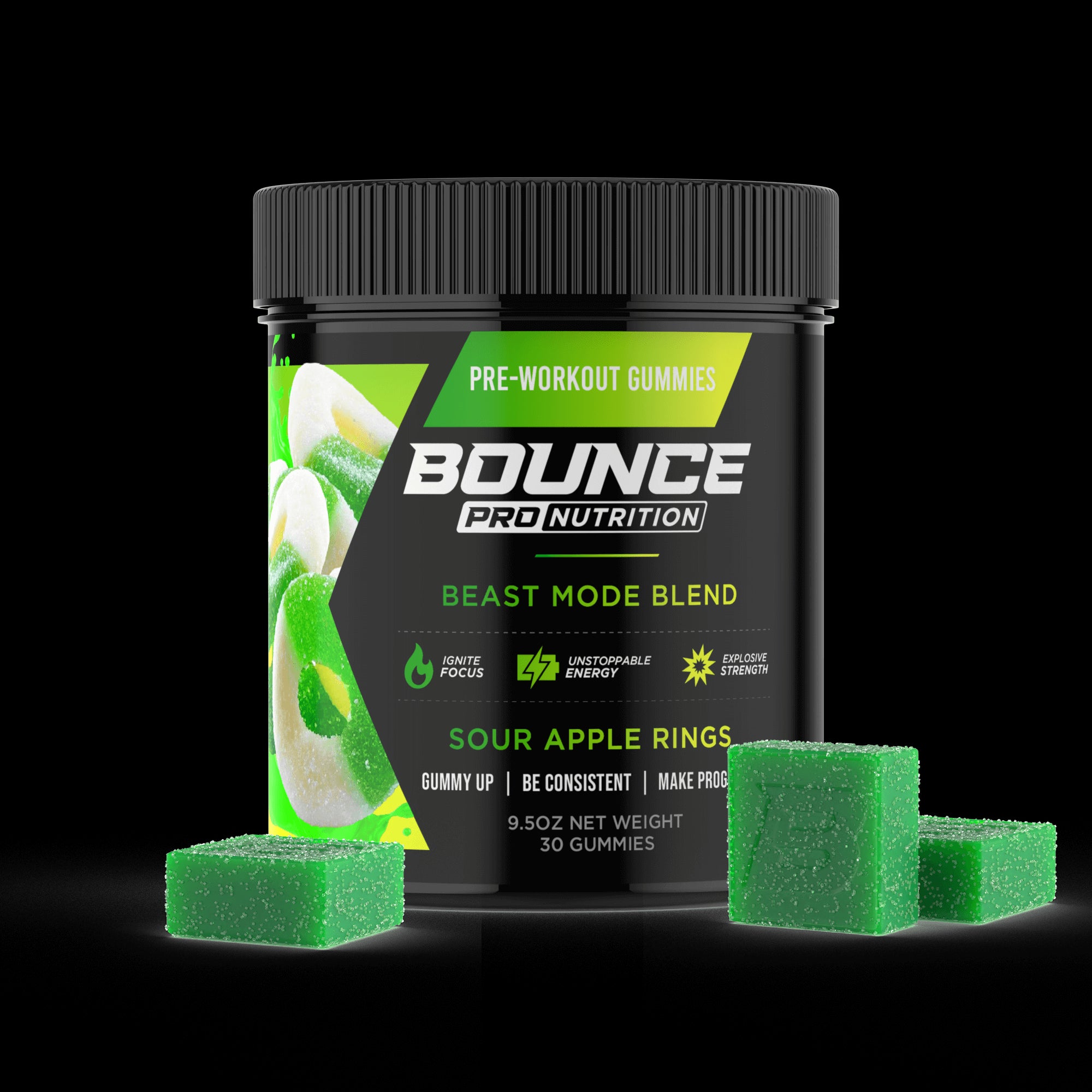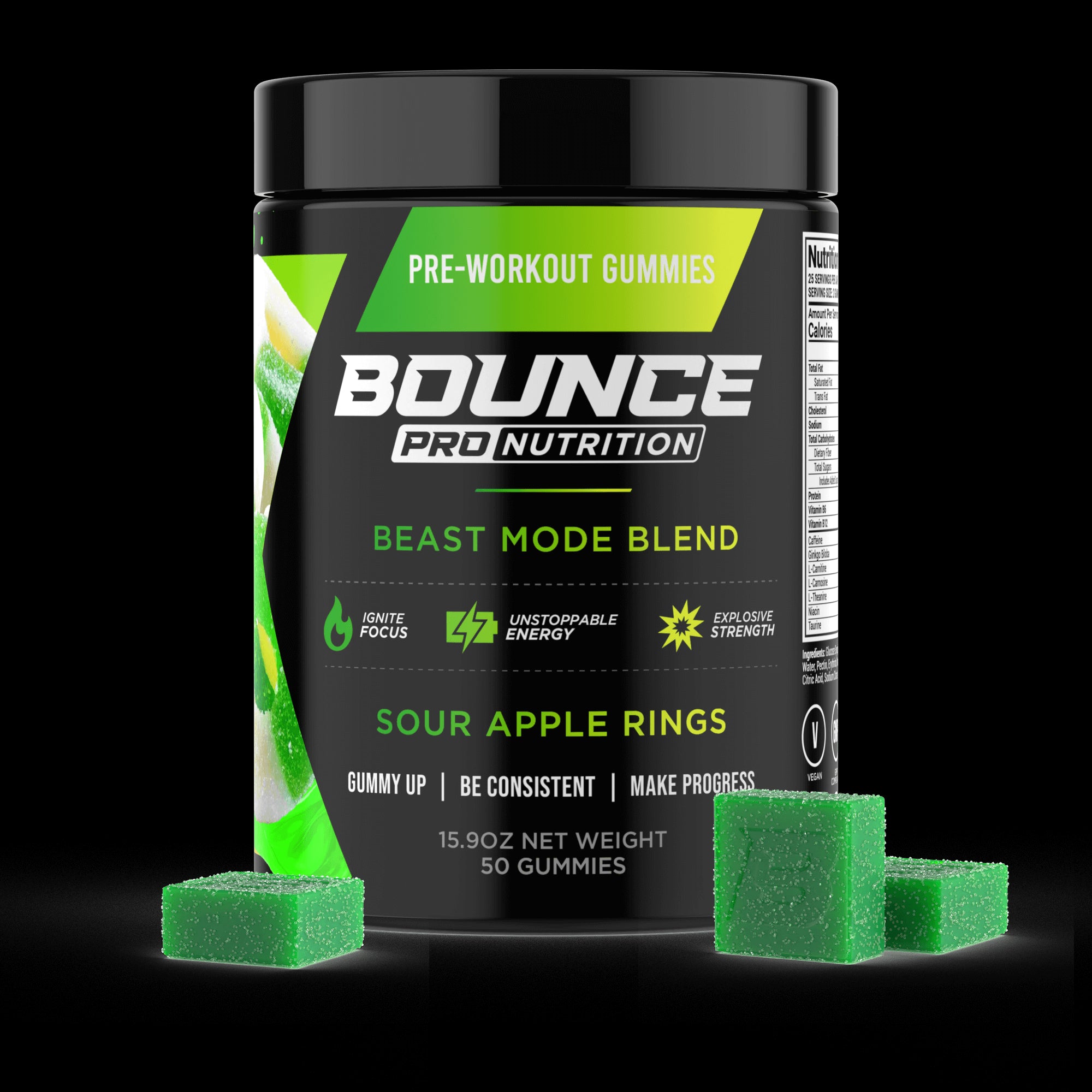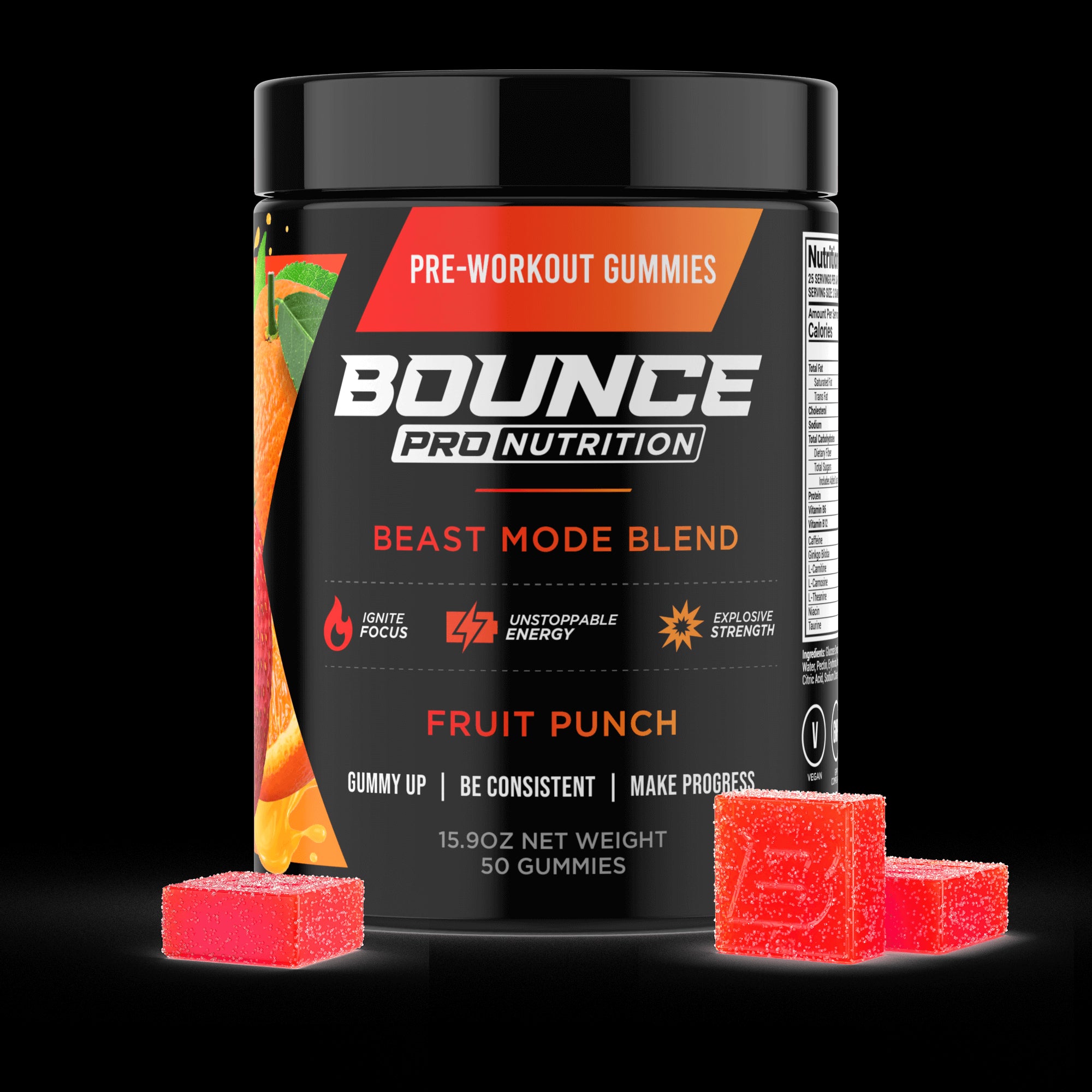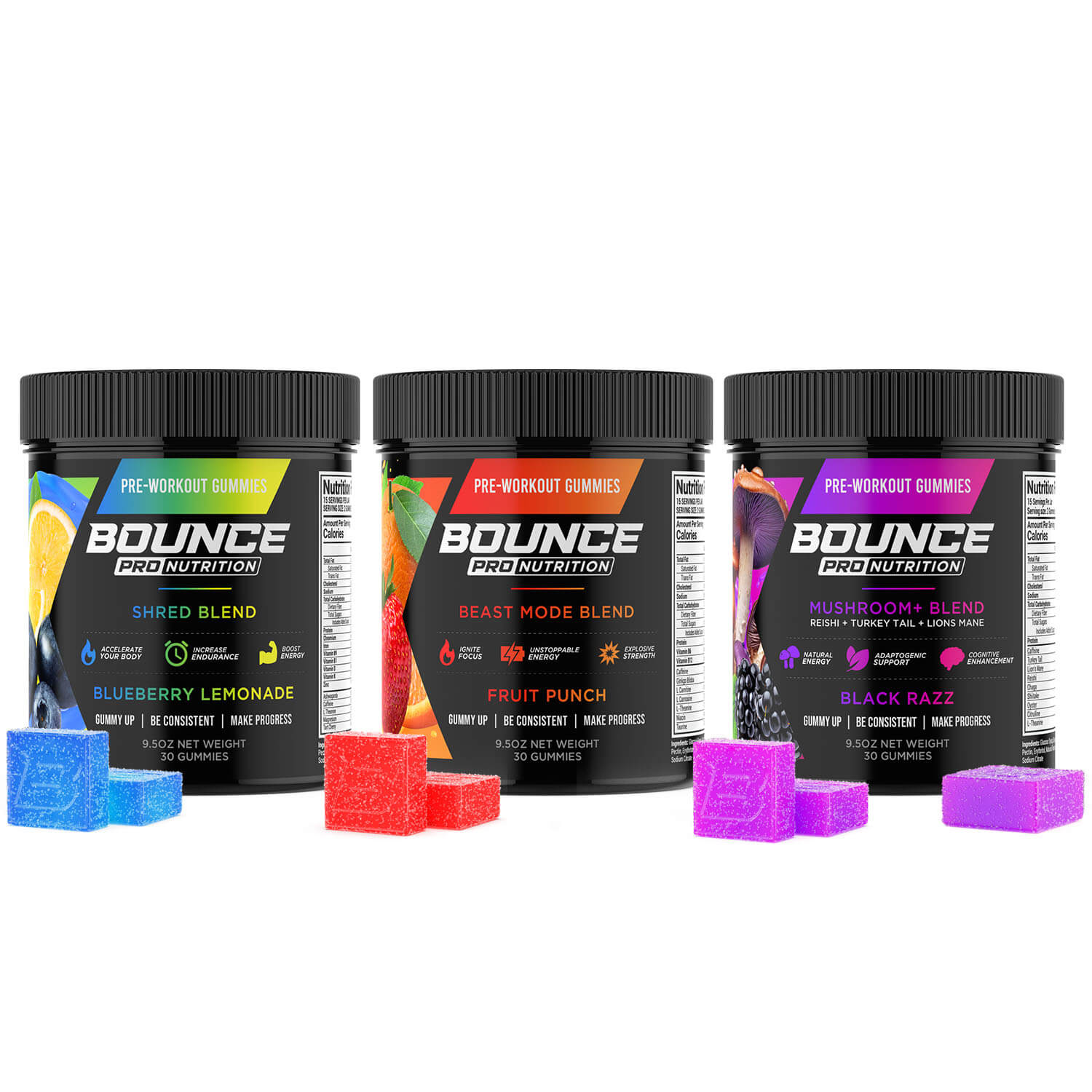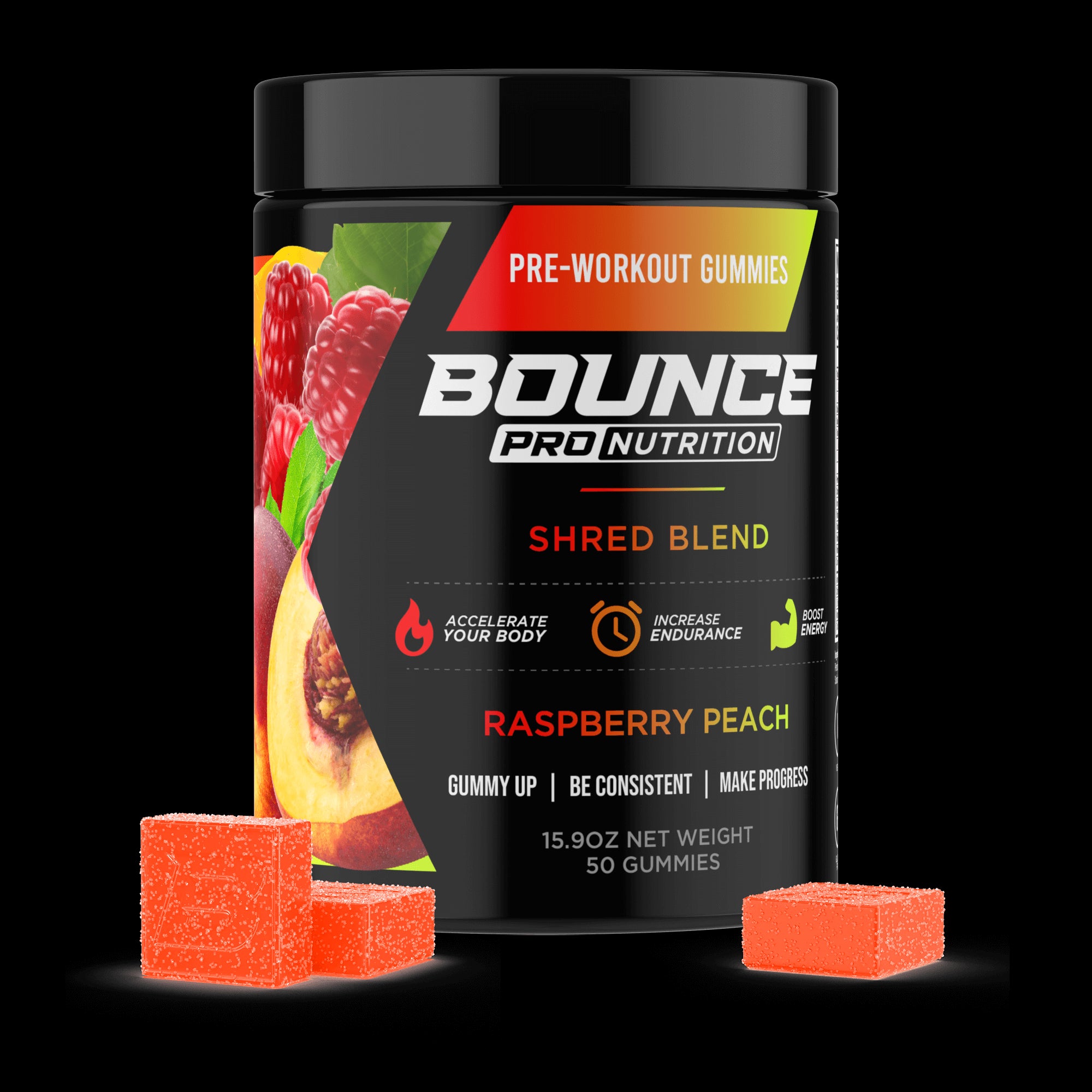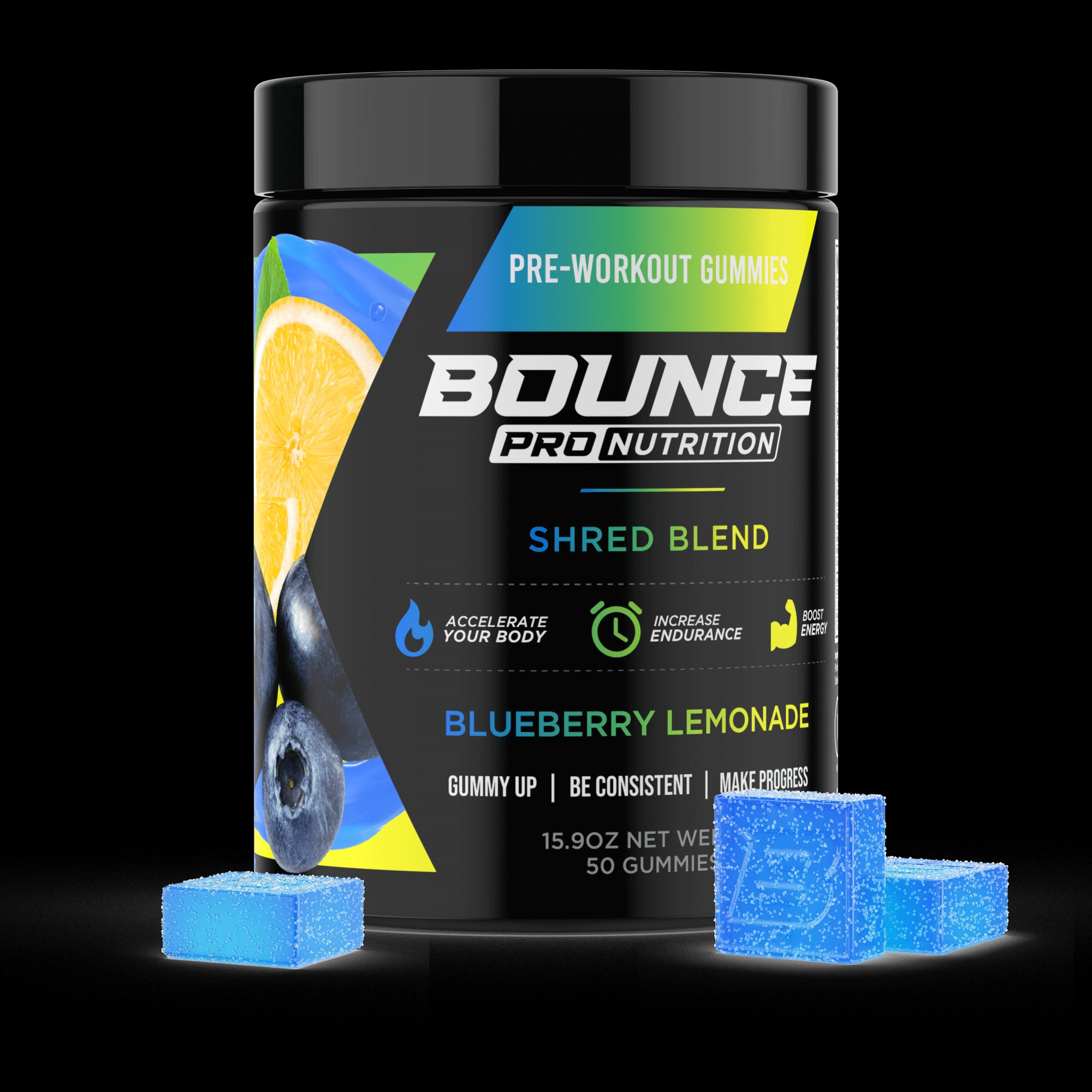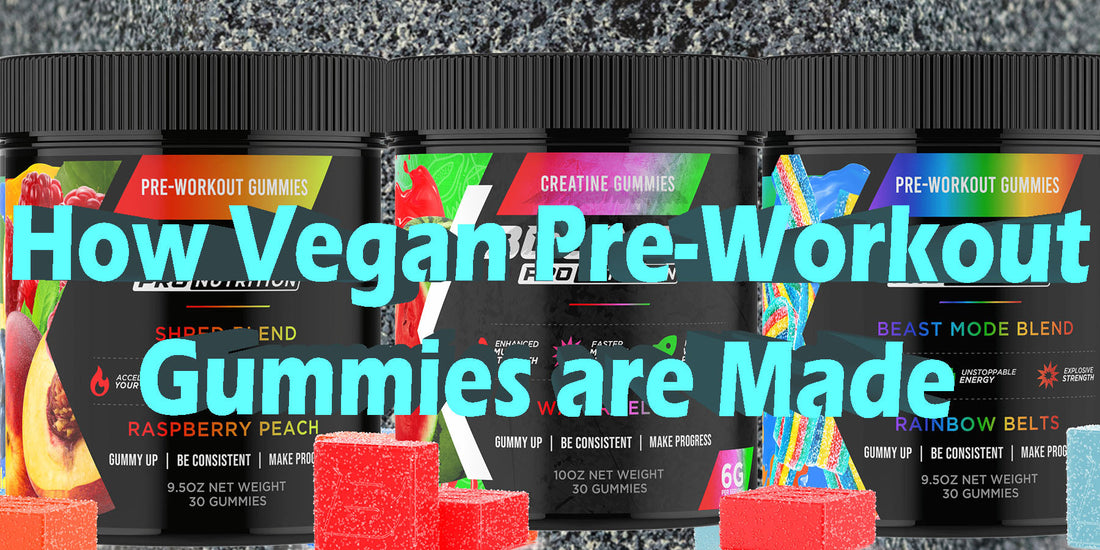Forget the mundane routine of measuring powders and mixing shakes. Imagine instead, a symphony of plant-based ingredients coming together in a precisely orchestrated dance, culminating in a burst of fruity, chewy goodness. We're not just talking about any gummy; we're delving into the creation of vegan creatine gummies, those delightful morsels that merge muscle-enhancing power with ethical consumption.
This isn't a simple confectionery endeavor; it's a meticulously crafted process, a fusion of scientific precision and culinary artistry, designed to deliver the benefits of creatine in a form that aligns with a vegan lifestyle. From the careful selection of plant-based gelling agents to the precise molding and quality control, each step is a testament to the dedication behind these innovative supplements.
So, let’s peel back the curtain and explore how these vegan creatine gummies, the perfect blend of fitness and ethical living, are brought to life.
TO BUY CREATINE GUMMIES CLICK HERE
What is Creatine and Its Purposes?
Creatine, a naturally occurring nitrogenous organic acid, plays a pivotal role in energy production, particularly during high-intensity, short-duration activities. It's primarily stored in skeletal muscle, where it acts as a rapid energy reserve. When you engage in intense exercise, your body uses adenosine triphosphate (ATP) for energy.
Creatine phosphate donates a phosphate group to ADP (adenosine diphosphate), rapidly regenerating ATP, thus sustaining high-intensity efforts. This process is crucial for activities like weightlifting, sprinting, and other explosive movements. Beyond physical performance, creatine also influences cognitive function, potentially improving short-term memory and reducing mental fatigue.
The body naturally produces creatine in the liver, kidneys, and pancreas, but the amount is often insufficient to maximize performance and potential benefits. Supplementation can elevate muscle creatine stores, leading to improved strength, power, and muscle mass. This increased creatine availability not only enhances physical capabilities but also supports muscle recovery by reducing muscle damage and inflammation following intense exercise. It’s important to note that individual responses to creatine supplementation can vary, and factors like diet, training regimen, and genetics influence its effectiveness.
Creatine's influence extends beyond the gym, with research exploring its potential therapeutic applications. Its role in cellular energy metabolism makes it a subject of ongoing research, with scientists investigating its potential to support overall health and well-being. By enhancing cellular energy availability, creatine may contribute to improved cellular function and resilience, impacting various physiological processes.
What Does Vegan Mean?
Veganism is a philosophy and way of living which seeks to exclude—as far as is possible and practicable—all forms of exploitation of, and cruelty to, animals for food, clothing, or any other purpose; and by extension, promotes the development and use of animal-free alternatives for the benefit of humans, animals, and the environment. This means that a vegan diet excludes all animal products, including meat, dairy, eggs, and honey.
It also extends to avoiding products tested on animals or containing animal-derived ingredients like gelatin, which is traditionally made from animal collagen. Therefore, for something to be labeled "vegan", it must be entirely free from animal-derived components and must not involve animal exploitation in its production.
Beyond dietary choices, veganism often reflects a commitment to ethical consumption and environmental sustainability. Many vegans choose this lifestyle due to concerns about animal welfare, the environmental impact of animal agriculture, and personal health.
The production of meat and dairy contributes significantly to greenhouse gas emissions, deforestation, and water pollution. Consequently, opting for plant-based alternatives is seen as a way to reduce one's carbon footprint and promote a more sustainable food system. The core principle involves recognizing animals as sentient beings with a right to live free from exploitation, which extends to avoiding products that contribute to their suffering.
Furthermore, veganism often intersects with broader social justice movements. Many advocates argue that the exploitation of animals is interconnected with other forms of oppression, such as human exploitation and environmental degradation. This perspective emphasizes the importance of creating a more just and compassionate world for all living beings. It’s about more than just food; it's a holistic approach to living that seeks to minimize harm and maximize well-being for all. It’s a conscious decision that permeates every aspect of a vegan's life.
What are Vegan Creatine Gummies Then?
Vegan creatine gummies are a plant-based alternative to traditional creatine supplements. They provide the same muscle-enhancing benefits of creatine monohydrate but are formulated without any animal-derived ingredients. This means they are free from gelatin, which’s commonly used in traditional gummies and is sourced from animal collagen.
Instead, vegan gummies utilize plant-based gelling agents like pectin (derived from fruits), making them suitable for those adhering to a vegan lifestyle. The goal is to provide a convenient and palatable way for vegans and vegetarians to supplement with creatine, supporting their fitness goals without compromising their ethical principles.
These creatine gummies typically contain creatine monohydrate, a well-researched compound known for its ability to enhance muscle strength, power, and size. They also include other plant-based ingredients such as natural sweeteners, fruit extracts, and coloring agents to create a tasty and visually appealing product.
The combination of creatine with these plant-based components allows for a supplement that aligns with vegan dietary restrictions while still delivering the benefits associated with creatine supplementation. The purpose is to create a product that’s both effective and ethically sound.
How Vegan Creatine Gummies are Made
The production of vegan creatine gummies involves a meticulous process that ensures both quality and ethical standards are met. Manufacturers must carefully select plant-based ingredients and employ precise techniques to create a consistent and effective product. This process requires a blend of scientific expertise and culinary innovation to achieve the desired taste, texture, and nutritional profile. The process of making these gummies is more than just combining ingredients; it's a carefully calibrated dance of science and art.
Before getting into the steps, it's crucial to understand that the production of vegan creatine gummies is a controlled and hygienic process. The manufacturing environment is typically a state-of-the-art facility designed to prevent contamination and ensure product safety. Each step is carefully monitored and documented to maintain quality control and traceability. The goal is to create a product that not only meets the dietary needs of vegans but also adheres to the highest standards of quality and safety.
Step 1: Ingredient Selection
The foundation of any high-quality vegan creatine gummy lies in the careful selection of its ingredients. This process begins with sourcing pure, vegan-friendly creatine monohydrate, a compound known for its ability to enhance muscle strength and power. Manufacturers prioritize suppliers who can provide certifications of purity and potency, ensuring that the creatine is free from contaminants and animal-derived components.
Next, plant-based gelling agents are chosen, with pectin derived from fruits being a popular choice due to its natural origin and ability to create a smooth, chewy texture. Natural sweeteners, such as organic cane sugar, stevia, or fruit extracts, are selected to provide the desired sweetness without relying on artificial additives.
Natural fruit juices and extracts are carefully chosen to impart vibrant colors and flavors, while avoiding any artificial coloring agents or preservatives. Each ingredient undergoes rigorous testing to verify its quality, purity, and compliance with vegan standards, ensuring that only the finest components are used in the final product.
Step 2: Creating the Base Mixture
Once the ingredients have been selected and verified, the next step involves creating the base mixture. This is a critical stage that requires precise measurements and controlled conditions to ensure consistency and quality. The plant-based gelling agent, typically pectin, is carefully dissolved in purified water and heated to a specific temperature to activate its gelling properties.
The creatine monohydrate is then added to the mixture, ensuring it is fully dissolved and evenly distributed. Natural sweeteners and fruit extracts are incorporated, and the entire mixture is thoroughly blended to create a homogenous solution. The viscosity and temperature of the mixture are closely monitored to achieve the desired consistency, ensuring that the gummies will have the correct texture and mouthfeel. This stage is crucial for achieving a uniform distribution of creatine and other ingredients throughout the gummies.
Step 3: Pouring and Molding the Gummies
With the base mixture prepared, the next step is to pour it into molds. These molds are typically made from food-grade silicone, chosen for its flexibility and non-stick properties, which allow for easy release of the creatine gummies once they have set. The pouring process is carefully controlled to ensure that each mold is filled evenly and to the correct level, preventing variations in size and shape.
Automated dispensing systems are often used to ensure precision and consistency. The molds are then placed in a temperature-controlled cooling chamber or allowed to set at room temperature, depending on the specific formulation and gelling agent used. This cooling process allows the gelling agent to solidify, transforming the liquid mixture into chewy gummies.
Step 4: Removal from Molds
After the creatine gummies have fully set, they are carefully removed from the molds. This process requires gentle handling to prevent damage to the delicate gummies. The flexibility of the silicone molds allows for easy release, ensuring that the gummies retain their intended shape and texture.
The removed gummies are placed on clean, sanitized surfaces or trays for further processing. This step is crucial in maintaining the aesthetic appeal and structural integrity of the final product, ensuring that each gummy is visually appealing and free from defects
Step 5: Quality Control
Quality control is a critical aspect of the manufacturing process, ensuring that the final product meets the highest standards of safety and efficacy. The creatine gummies are meticulously inspected for shape, size, consistency, and appearance. They are also checked to ensure that the correct amount of creatine is distributed evenly across all gummies. Advanced analytical techniques, such as high-performance liquid chromatography (HPLC), are often used to verify the creatine content and ensure that it matches the label claims.
Any gummies that don't meet the stringent quality standards are discarded, preventing them from reaching consumers. Manufacturers also conduct microbial testing to ensure that the creatine gummies are free from harmful pathogens. This rigorous inspection process guarantees that only the highest quality gummies are packaged and sold, providing consumers with a safe and effective supplement.
Step 6: Coating and Drying
To enhance the texture and prevent sticking, some manufacturers apply a light coating to the creatine gummies. This coating may consist of a natural food-grade wax, such as carnauba wax, or a light dusting of starch. The gummies are then placed in a controlled drying chamber to remove any excess moisture and further solidify their texture.
This drying process is carefully monitored to prevent the gummies from becoming too hard or brittle, ensuring that they maintain their desired chewy consistency. The aim is to create a product that has a pleasant mouthfeel and a smooth, non-sticky surface, enhancing the overall consumer experience.
Step 7: Sorting
After the coating and drying process, the creatine gummies are sorted to remove any that are misshapen, damaged, or otherwise defective. This sorting process is typically done using automated optical sorting equipment or by trained personnel. The sorted gummies are then ready for packaging, ensuring that only the best quality products reach the consumer. This step ensures that the final product is uniform and visually appealing.
Step 8: Packaging and Labeling
The sorted creatine gummies are packaged in airtight containers or pouches to maintain their freshness and prevent moisture absorption. The packaging is designed to protect the gummies during transport and storage, ensuring that they remain in optimal condition. The labels are carefully printed with accurate information about the ingredients, nutritional content, and recommended usage. This labeling process ensures that consumers have access to comprehensive and accurate information about the product, allowing them to make informed decisions.
Step 9: Final Inspection
Before the packaged creatine gummies are shipped, they undergo a final inspection to ensure that they meet all quality and safety standards. This inspection includes checking the packaging for any damage or defects, verifying that the labels are accurate and legible, and ensuring that the product is free from contaminants. This final step guarantees that the product is ready for distribution and consumption, providing consumers with a safe and high-quality supplement.
Considerations for Companies Making Vegan Creatine Gummies
Companies producing vegan creatine gummies must navigate a complex landscape of ethical, scientific, and regulatory considerations. They must ensure that their products are not only effective but also aligned with the principles of veganism and the highest standards of quality and safety. This requires a commitment to transparency, sustainability, and continuous improvement. The goal is to build trust with consumers and establish a reputation for producing high-quality, ethical products.
Furthermore, companies must stay abreast of the latest scientific research and technological advancements in the field of nutritional supplements. This involves investing in research and development to create innovative products that meet the evolving needs of consumers. It also requires staying informed about regulatory changes and industry best practices. The objective is to remain competitive and deliver products that are at the forefront of the market.
Consideration #1: Ingredient Sourcing and Transparency
Companies must prioritize sourcing high-quality, plant-based ingredients from reputable and sustainable suppliers. This involves conducting thorough due diligence to ensure that all ingredients are free from animal-derived components and are produced in an ethical and environmentally responsible manner.
Transparency is also crucial, with companies providing clear and detailed information about the origin and processing of their ingredients. This builds trust with consumers and demonstrates a commitment to ethical sourcing practices. Detailed explanations of where the creatine and pectin comes from, and any other ingredient, is a must.
Consideration #2: Formulation and Testing
Developing a vegan creatine gummy that is both effective and palatable requires careful formulation and rigorous testing. Companies must conduct extensive research to determine the optimal combination of ingredients and the most effective delivery method.
This includes testing for creatine bioavailability, stability, and taste. Additionally, third-party testing is essential to verify the product's purity, potency, and safety. This ensures that the gummies meet label claims and are free from contaminants. The goal is to create a product that delivers the promised benefits and meets the highest standards of quality.
Consideration #3: Packaging and Sustainability
Companies should strive to minimize the environmental impact of their packaging by using sustainable materials and reducing waste. This includes opting for recyclable or biodegradable packaging options and minimizing the use of plastics. Additionally, companies should consider the carbon footprint of their packaging and transportation processes. This demonstrates a commitment to environmental responsibility and aligns with the values of vegan consumers. Packaging should also be designed to maintain the product's freshness and protect it from damage during shipping and storage.
Now You Know the Vegan Creatine Gummies Creation Process
The journey from raw ingredients to a chewy, muscle-boosting treat is a testament to the innovation and commitment behind vegan creatine gummies. It's a process that seamlessly blends science, ethical considerations, and a dash of culinary artistry.
The next time you pop one of these flavorful gummies, envision the meticulous steps, the careful selection of plant-based ingredients, and the dedication to quality that went into its creation. It's more than just a supplement; it's a symbol of a conscious choice, a fusion of fitness and ethical living – a small but powerful example of how conscious choices can lead to big results.

